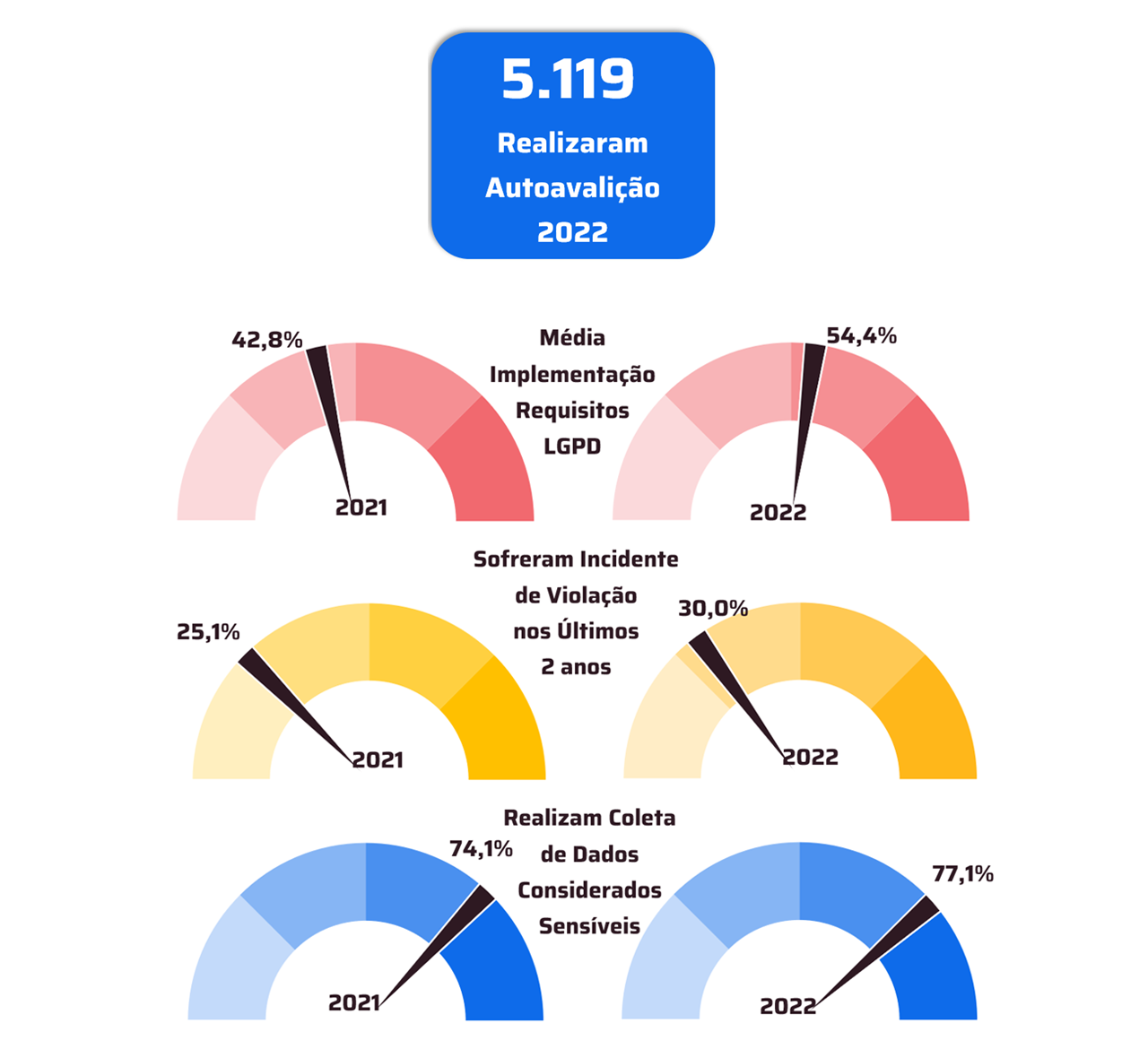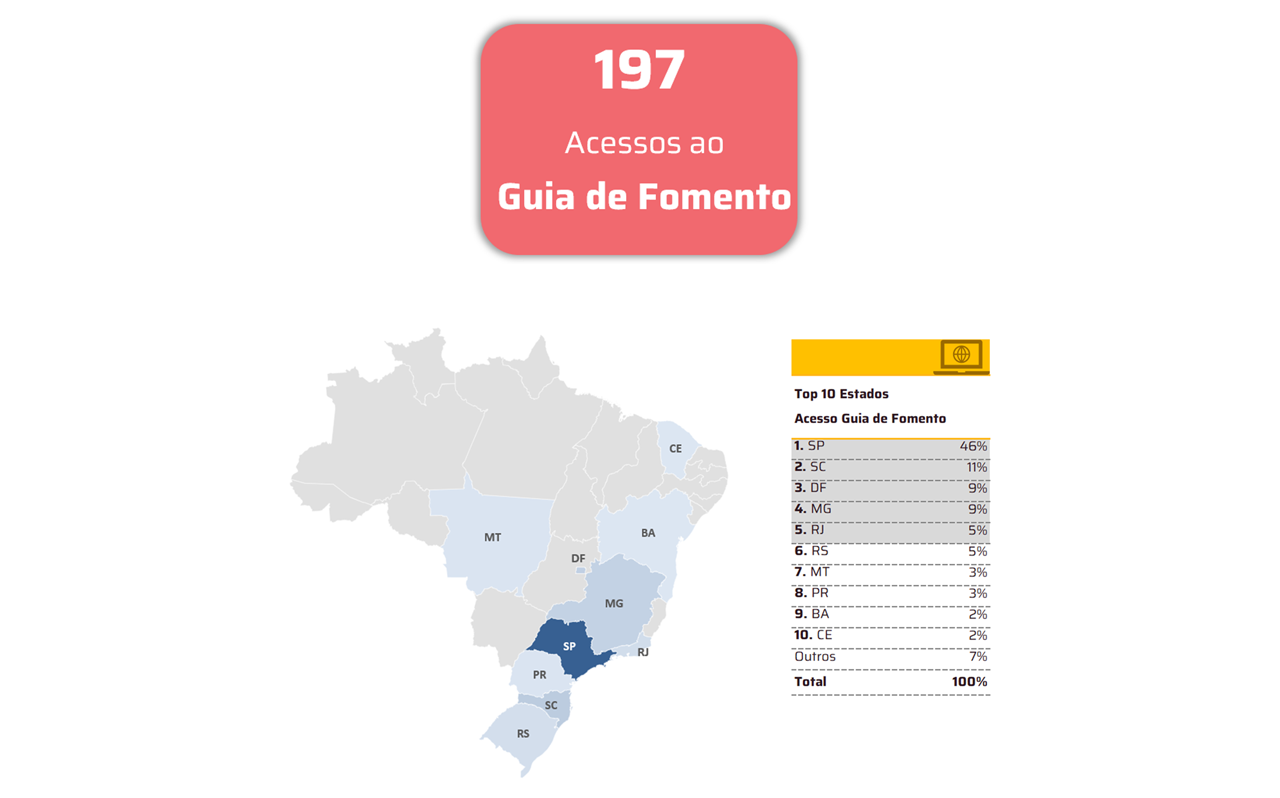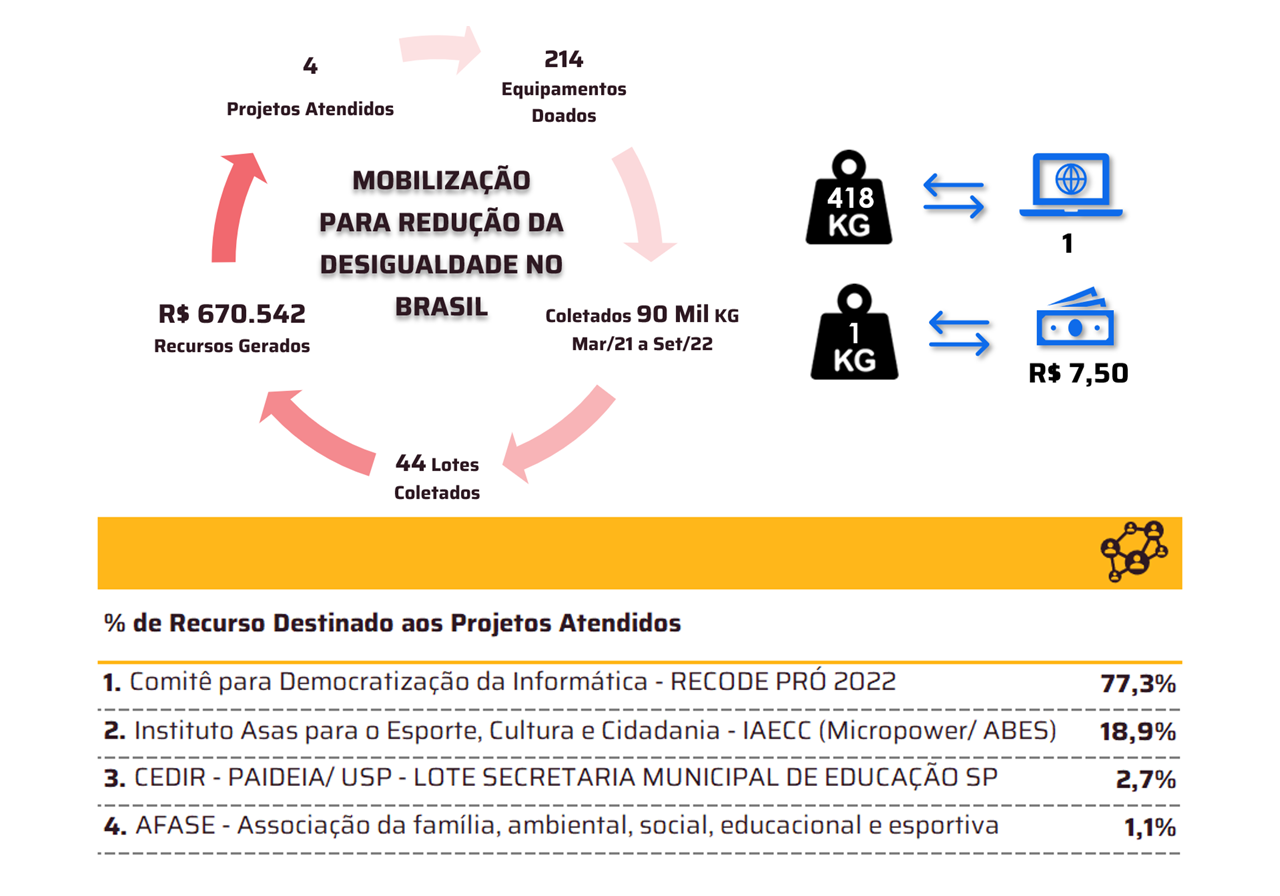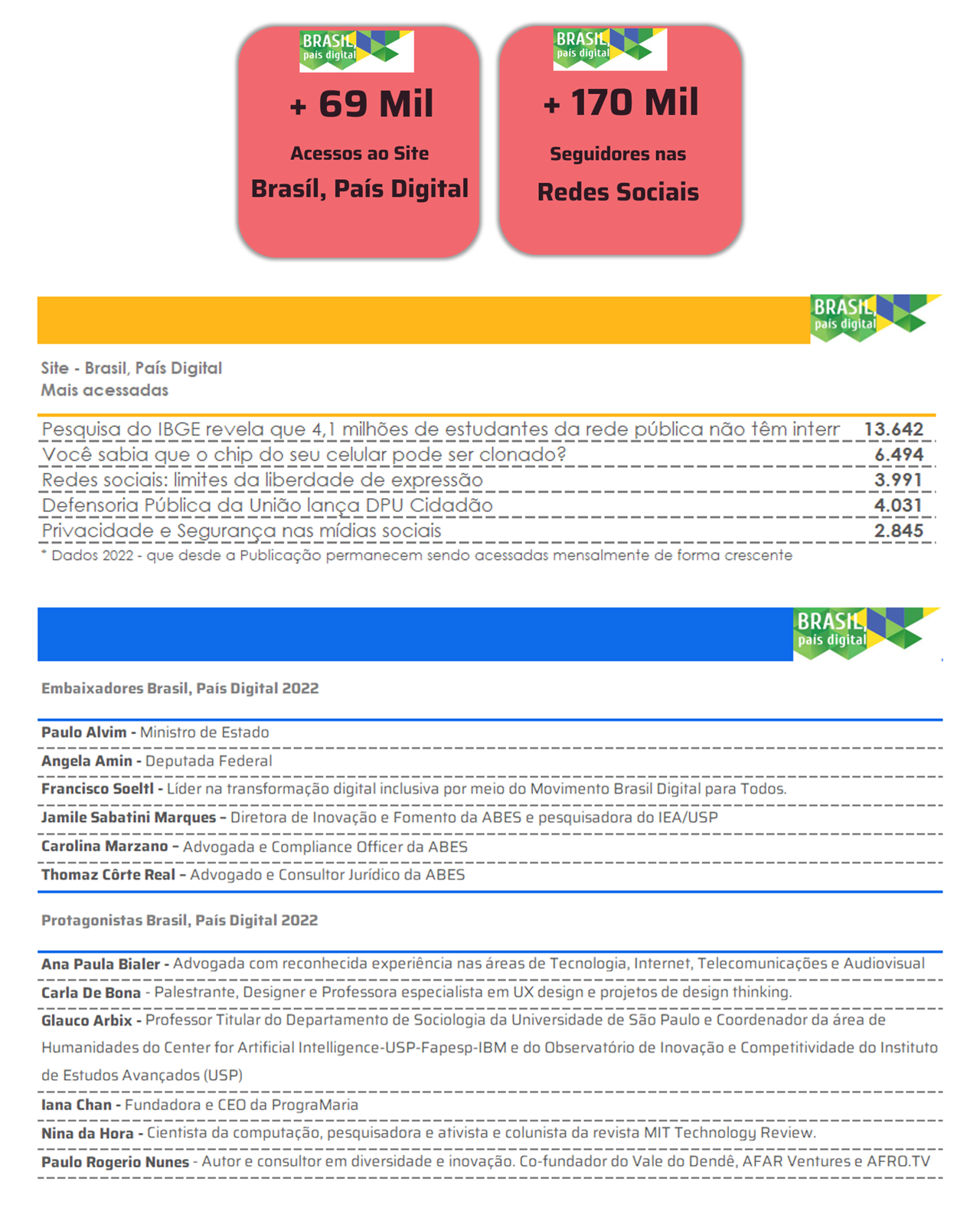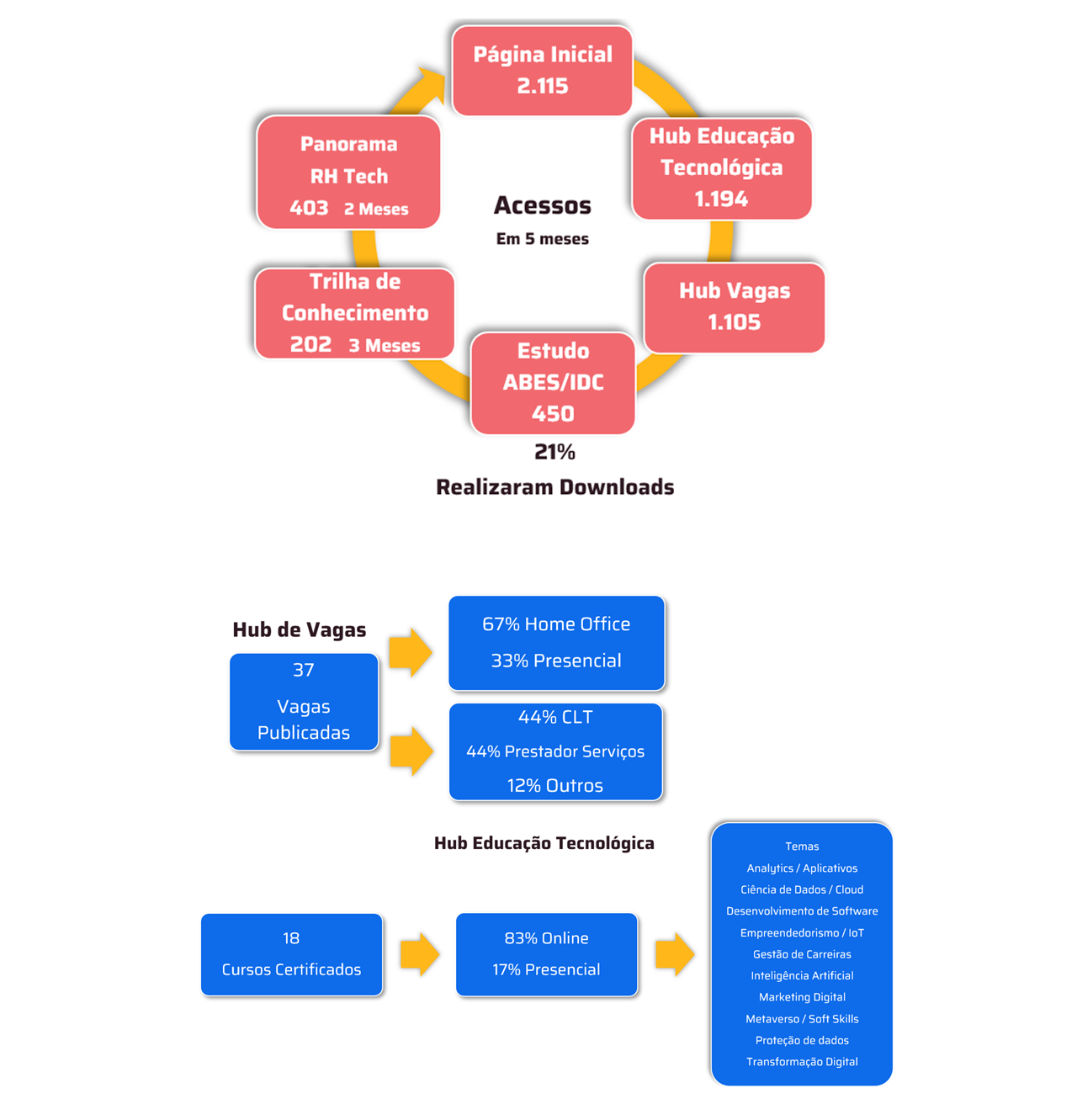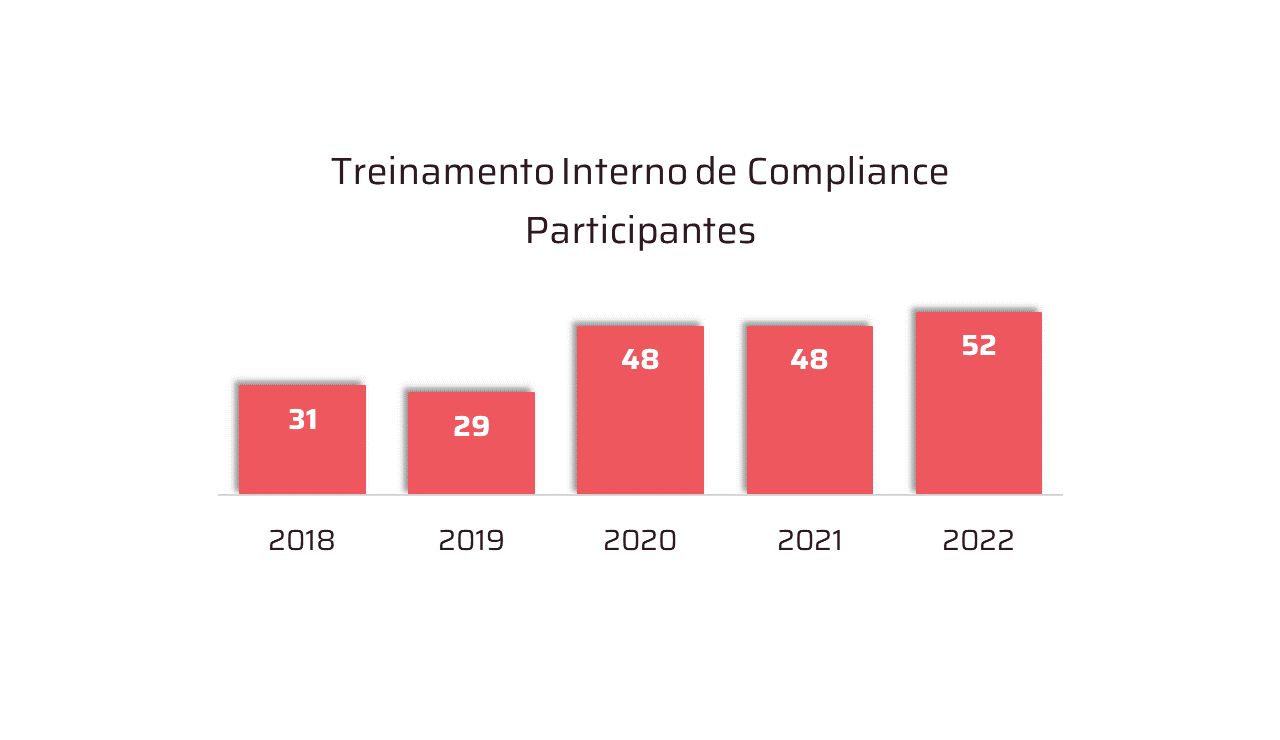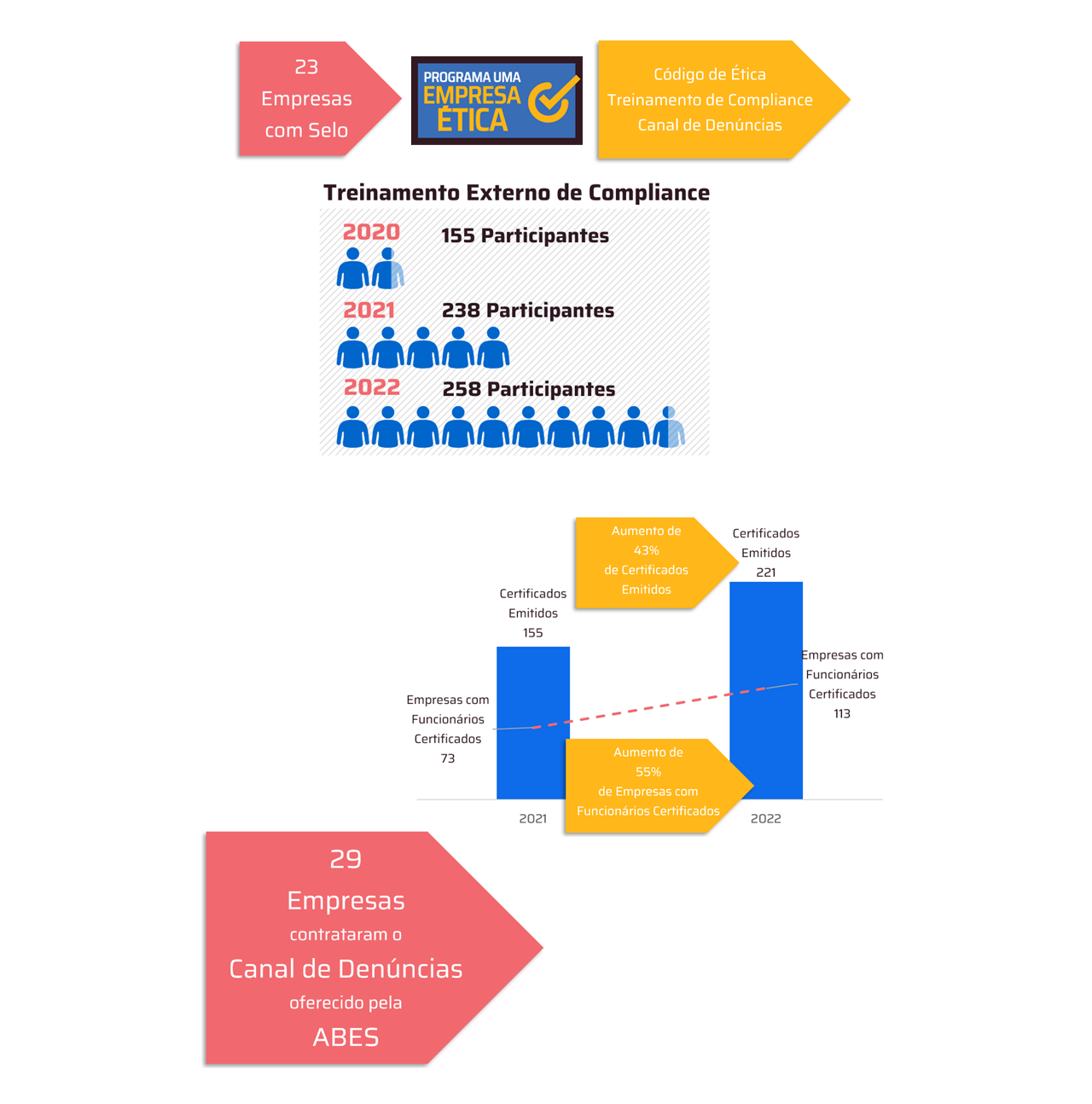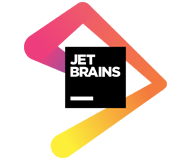 *By Luis Kondo
*By Luis Kondo
Artificial intelligence (AI) has become one of the most discussed topics in recent years. It's present in headlines, in apps we use daily, and in functions we often don't even notice. By 2025, AI is no longer just a buzzword. Recent research indicates that half of US mobile phone users use AI-powered voice searches every day (source: UpCity), 72% of global companies have adopted AI in at least one function, and the expected annual growth rate is 36.6% by 2030 (source: Grand View Research).
Sectors like healthcare and retail are already demonstrating how AI can transform operations, automate processes, and create personalized experiences. Now, cities and public services are also beginning to test these applications. But integrating AI into urban systems poses considerable challenges, including privacy, security, and legislation. The central question is: will it be possible to use AI to plan more sustainable, inclusive, and efficient cities?
The smart city concept involves the use of technology, data analysis, and automation to improve efficiency, sustainability, and quality of urban life. Each city can focus on different areas—transportation, lighting, energy, waste collection—but the potential lies in connecting systems and departments to address historic challenges.
Practical Benefits of AI for Smart Cities
Before addressing the challenges, it's worth highlighting six concrete benefits that AI can bring to cities:
Data-driven public policies
Governments have always collected vast amounts of information. With AI, it's possible to analyze this data in depth, understand expectations, identify problems, and anticipate trends. Tools like digital twins—dynamic virtual replicas of neighborhoods or entire cities—allow for simulating scenarios before implementing policies, reducing risks and optimizing resources. This makes decisions about health, transportation, the environment, and the economy more aligned with the real needs of the population.
Simulation-based urban planning and construction
Urban planning involves multiple stakeholders and regulations. AI algorithms can transform data and regulations into 3D representations of projects, ensuring automatic compliance and facilitating the analysis of alternatives. Visualizing the impact of new transportation routes or environmental changes allows for more informed urban planning decisions.
Collaboration between public agencies
Traditionally, urban departments operate in isolation. AI-powered digital platforms centralize data, promote secure communication, and facilitate public-private partnerships. This improves decision-making, citizen service, and coordination between teams.
Efficient public feedback
Smart cities depend on resident participation. Data analysis and natural language tools capture opinions from surveys, social media, and digital channels, enabling rapid responses to demands and greater alignment of public policies with community expectations.
Sustainability and environmental management
Urban planners need to consider environmental goals and climate change. AI allows them to map emissions, mobility patterns, energy consumption, and environmental risks. Digital twins simulate extreme events, such as floods or heat waves, and help anticipate natural disasters, protecting the population.
Improved public safety
Cities face constant security challenges. AI-based technologies make cameras, streetlights, and sensors more effective, detecting suspicious patterns and speeding up law enforcement responses. Integrated systems cross-reference information and issue real-time alerts, increasing prevention.
Challenges, international examples and the Brazilian context
Despite advances, implementing AI in cities requires attention to privacy, data security, and compliance with local laws. Historically siloed departments, such as water, energy, and transportation, need to connect without sacrificing the protection of citizens' personal information. Centralized platforms and clear regulations are essential to ensure the ethical use of these technologies.
International examples demonstrate practical results. Barcelona reduced costs and increased energy efficiency with smart meters and sensors for public lighting. Rennes, France, uses virtual environments to plan new neighborhoods and involve residents in decisions about the city's future.
In Brazilian metropolises, urban challenges include recurring floods, poor air quality, and heat islands, factors that directly affect the health and well-being of the population. Tools like digital twins can be decisive for cities like São Paulo, Rio de Janeiro, and Belo Horizonte. By simulating flooding scenarios, predicting environmental impacts, and testing mobility policies, these technologies help anticipate problems, optimize investments, and create solutions adapted to local realities. Integration between the public and private sectors and active citizen participation are key to safer and more sustainable cities in Brazil.
An important example of this large-scale integration comes from the automotive sector: Volkswagen, Audi, and Porsche have adopted Dassault Systèmes' cloud platform, based on virtual twins and AI, to digitally create and enhance vehicles before physical production, accelerating innovation and optimizing processes, boosting project efficiency and quality. This same concept can inspire urban planning: by coordinating different systems and actors in an integrated digital environment, cities can create more effective, sustainable solutions aligned with the real needs of the population.
With the rapid evolution of technology, public administrators have the opportunity to automate processes, increase collaboration, strengthen security, and promote sustainable urban development. To achieve this, it's essential to define clear objectives, adopt reliable solutions, respect local regulations, and inform society about changes. This way, Brazilian cities can keep pace with global trends and build innovative models of urban quality of life for future generations.
In this context, the concept of the Generative Economy is gaining traction, proposing the integrated use of virtual twins, immersive environments, artificial intelligence, and generative design to transform products, services, and infrastructure into circular and sustainable solutions. Applied to cities, this model allows for the creation of comprehensive simulations that connect urban planning, the environment, and quality of life in a continuous cycle of optimization and innovation.
We are entering a new urban era, in which artificial intelligence allows us to see beyond the present and plan cities truly connected to people's needs. With AI, we can anticipate floods, optimize transportation, improve safety, and even involve the population in the most important decisions for the future of neighborhoods. More than technology, it's about building collaborative, resilient, and sustainable urban environments, where every innovation is designed to improve the quality of life for all citizens.
*Luis Kondo, LATAM Business Planning & Operations / Public Services at Dassault Systèmes
Notice: The opinion presented in this article is the responsibility of its author and not of ABES - Brazilian Association of Software Companies





